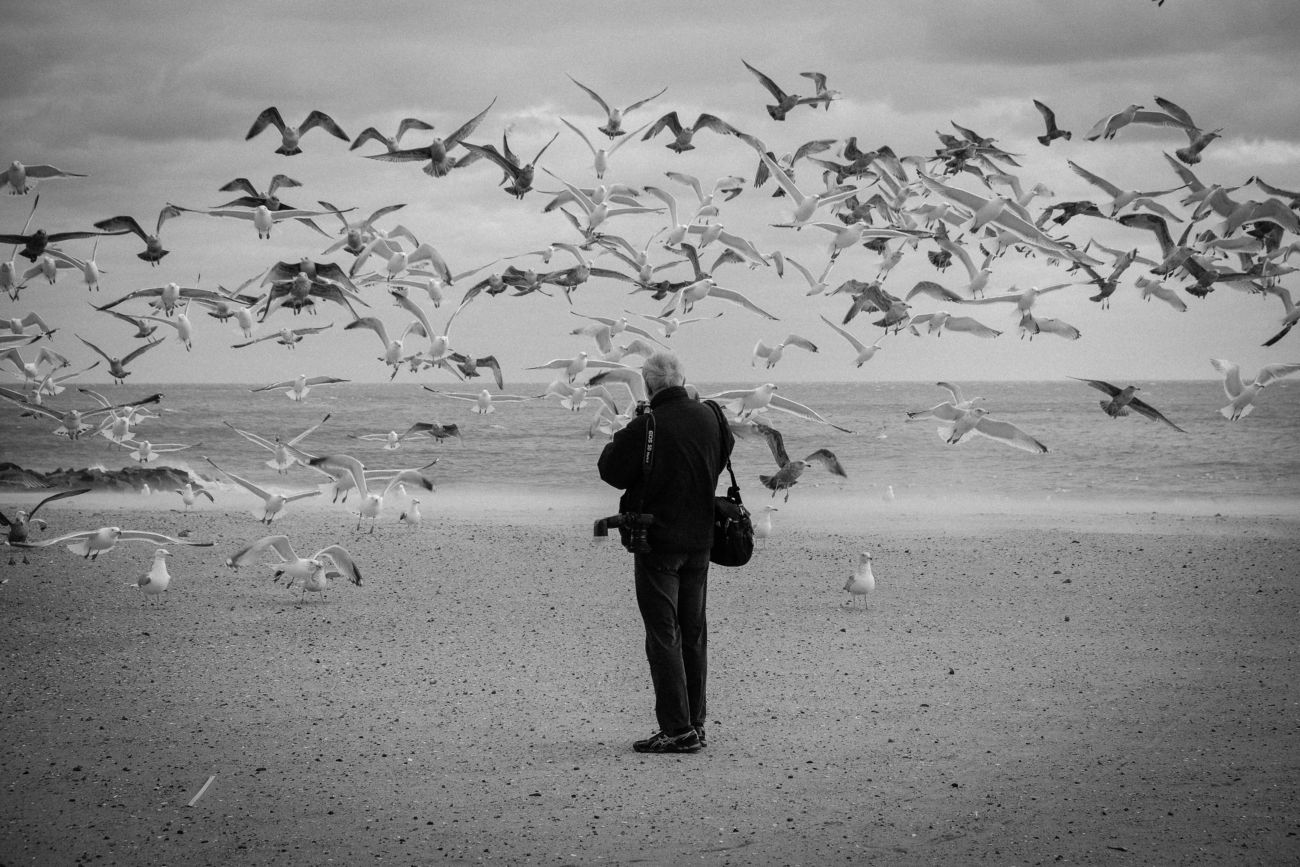
1) Thank you so much for being on the blog today Harvey! Please tell us a little bit about yourself. How and when did you start in photography?
Hi Megan, and thank you for interviewing me for your terrific blog. I didn’t begin to photograph until I was 22 years old. This is considered “old” these days, so many people now begin to photograph in their teens and major in photography in college. When I was growing up in Pittsburgh, I was into playing sports and studying a lot for my high school classes. I enrolled via scholarship at Carnegie Mellon, a university that I could walk to from my home. Four years later, I earned a Bachelor of Science degree in Metallurgical Engineering. But I was surrounded by students who were art and drama majors in addition to engineering students. I loved my elective classes, including anthropology, English Lit, and Drama. When I graduated, I knew I would not work as an engineer for long. I was always seeking more creative outlets in college then what engineering could provide. After graduation, I wrote short stories, took ceramic classes, and tried to paint. A year after graduation I found myself in Germany in the U.S. Army (I took R.O.T.C. in college and had a two-year obligation to serve in the army). I bought a Zeiss Contaflex camera there to document my experiences and travels during this time. Once I began shooting I knew that photography could be that creative outlet I hungered for. Upon returning to the states, I moved to New York City, enrolled in a graduate program at Columbia University, and took several photo classes. I was hooked and have never looked back. I began shooting in the grimy streets of New York, it’s people and it’s decay in the early 1970’s. It was thrilling; photography became my profession and my life.
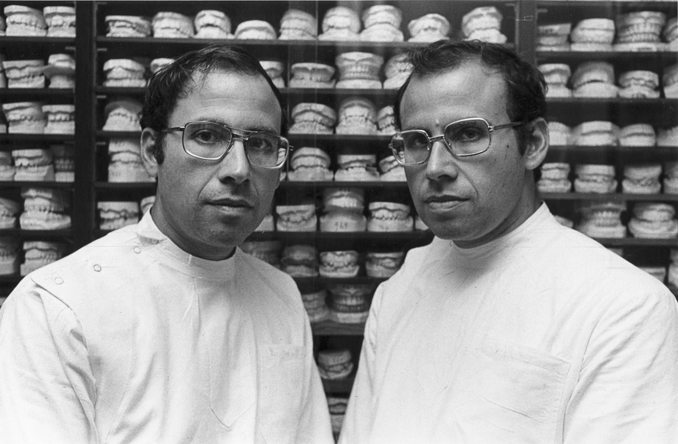
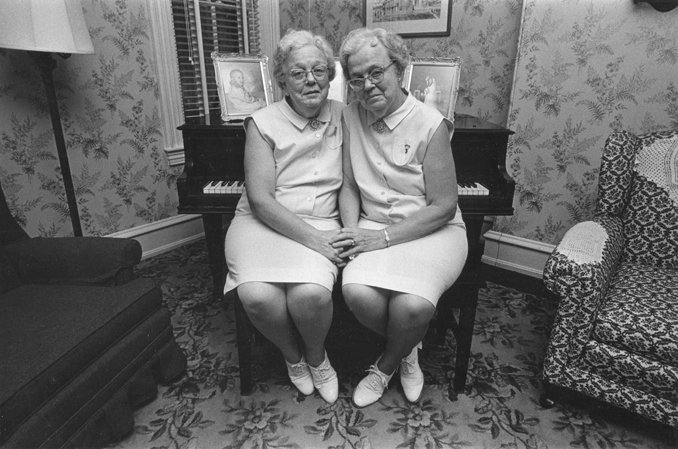
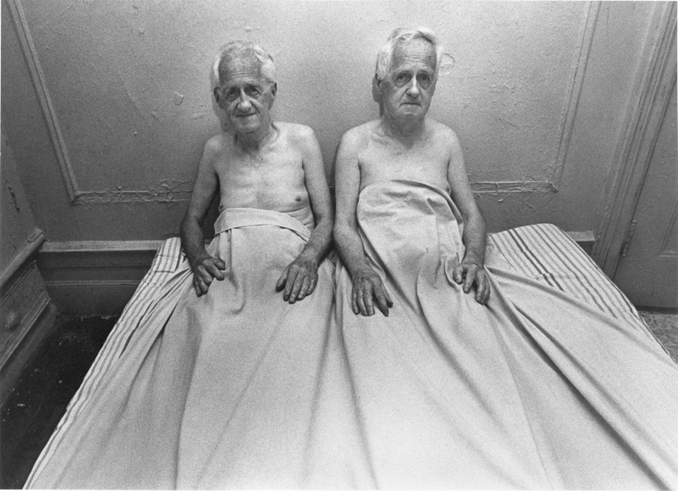
2) Who would you say were your biggest influencers when you first ventured out onto this journey? Were they photographers, painters or artists in other genres? What was it about them that attracted you to their work?
My biggest influence was one of my first photo teachers, the important street photographer of the 1970’s and 80’s, Ben Fernandez. He was a big, rough guy from East Harlem; he was an aggressive, in your face photographer with whom I was fortunate enough to study and then teach for at the New School here in New York. He told me to get a Leica M4, get a 21mm lens and go to Coney Island to photograph. Being the good little student that I was, I did all three. Now, nearly 50 years later, I still have the M4 and 21mm lens and still go to Coney Island. I just signed a contract to do my third book about Coney Island, it will be called Coney Island People: 50 Years and will be published in May 2022. Coney is my home away from home.
Other influences include Diane Arbus, Lee Friedlander, and the great Garry Winogrand. Although often lumped together because they became well known together due to their group exhibit at the Museum of Modern Art in 1967, their work is quite different from one another. But what unites them is that they mostly use the street as the place where they do their photography but in unique and distinctive ways. Each makes me think in a different way and challenges my notions of what a photograph should look like and can be.
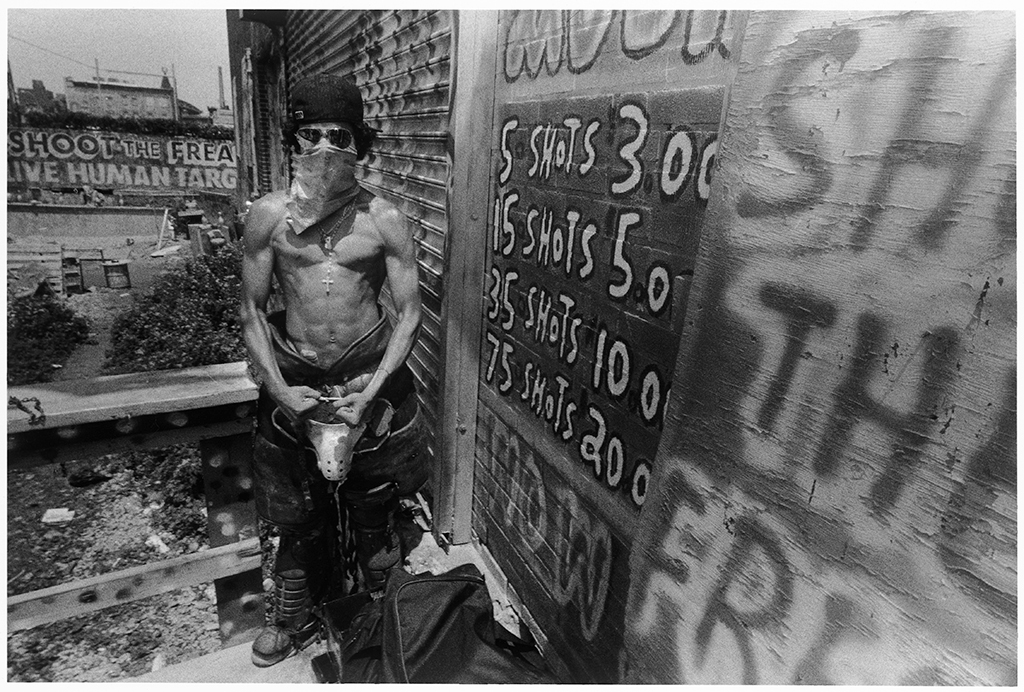
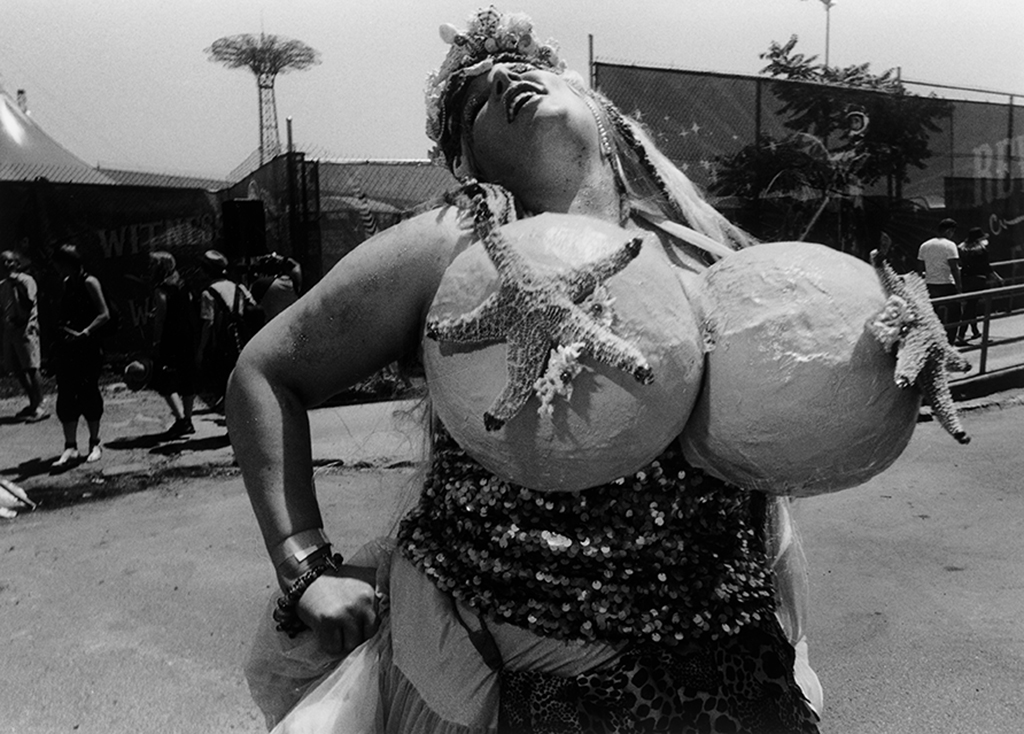
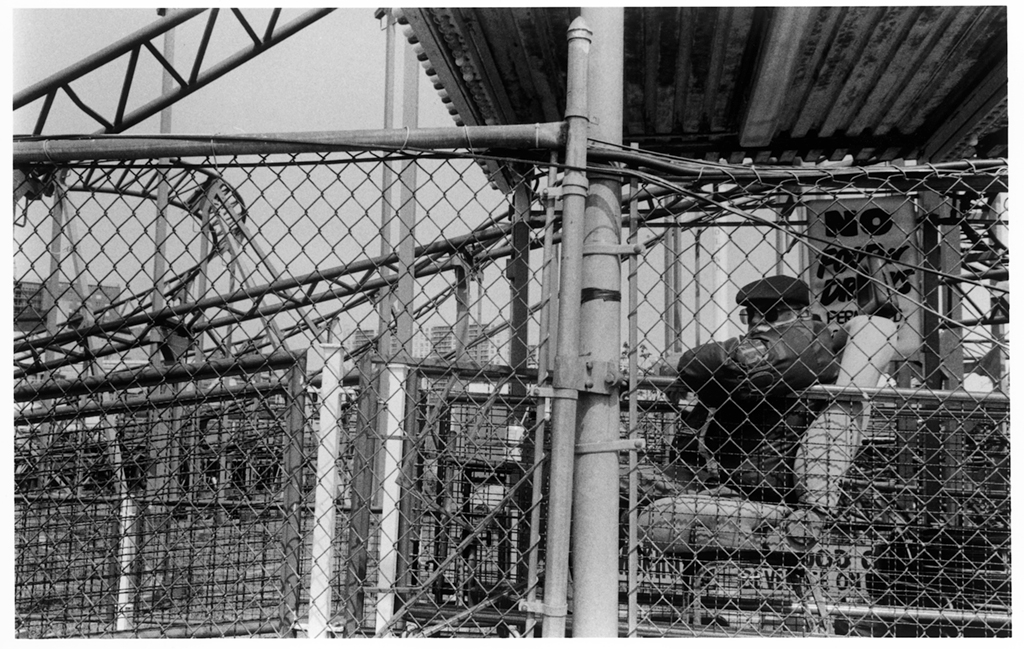
3) Other than New York City, what are some of your favorite places to photograph? Is there any particular city or country you love to come back to over time and if yes, why?
I love photographing in New York City, of the nine books I have had published, six have been shot in New York. And the tenth book, the new Coney Island book will make it seven of ten. I have lived here since the mid-60s and cannot imagine living anywhere else. It’s a fascinating and endless city. I am known as a New York photographer, and have been called a visual poet of New York. Next to New York, a favorite country to photograph is Mexico; my book Mexico Between Life and Death was published by Kehrer (German publisher) in 2018. The photographs were made during 14 trips to Mexico between 1993 to 2010.
My new love is India, I visited India this January/February, and have made five trips there since 2013. Both countries have a vibrant street life, amazing light and colors, and very curious people who mostly enjoy interacting with travelers and their cameras. I hope to make a book of the India work one of these days. Both countries provide new sights, experiences and shooting opportunities and certainly broaden my education and understanding of the human condition.
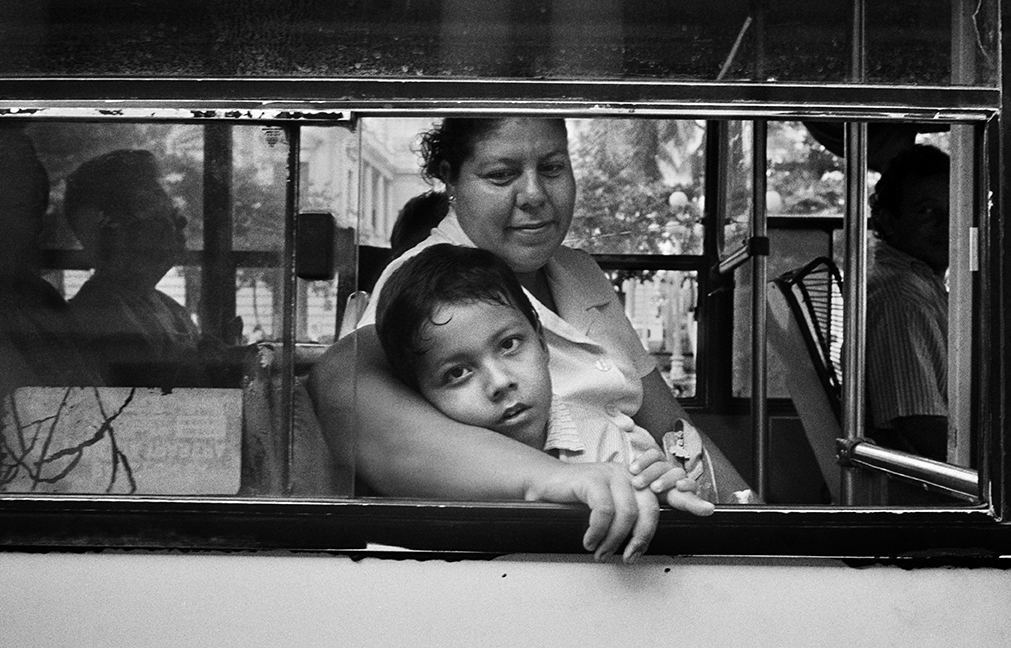
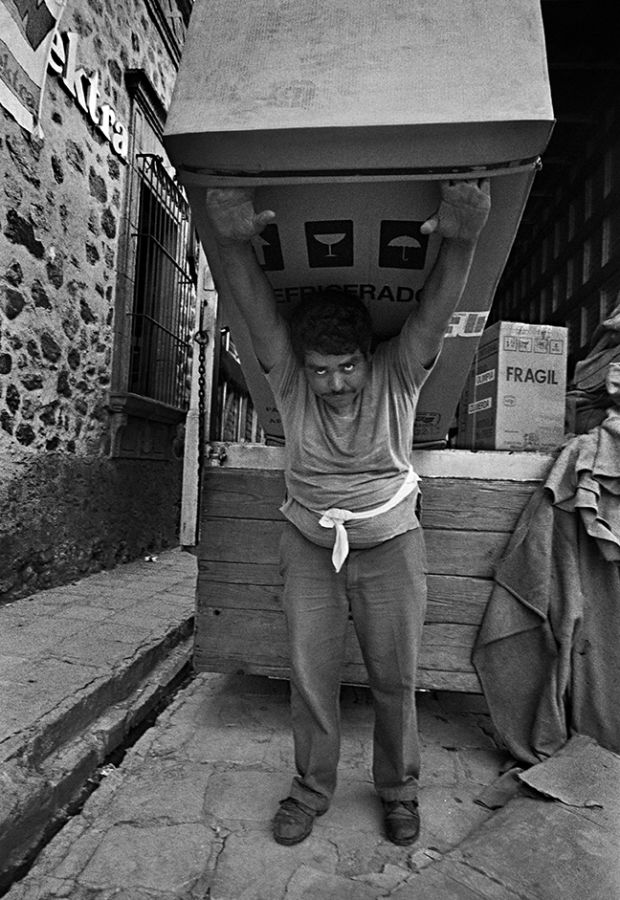
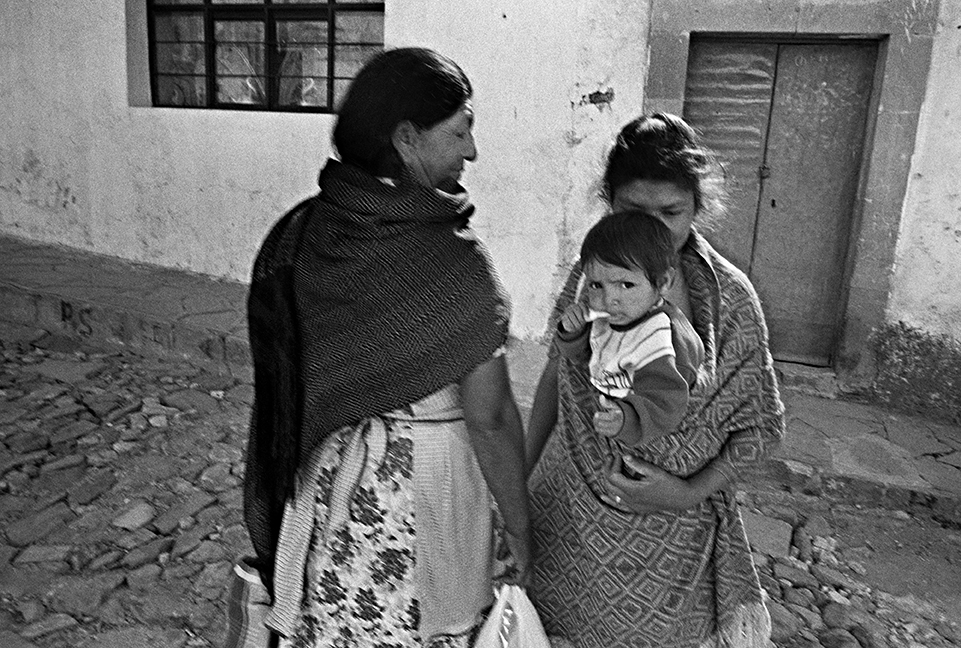
4) How (or if) has the pandemic changed your outlook on the photographic process? Do you feel that the quarantine has limited or liberated you in a way? Were you able to take any photographs during this time or did you mostly forgo making new work altogether focusing on other things?
The pandemic is terrible and has made 2020 very difficult for everyone on this earth. Our country has been completely unprepared for it, and our administration has failed us greatly in handling this scourge. But it hasn’t changed my outlook about photography. I love most things about this art form but the pandemic has indeed limited my normal photographic practice. Mostly, I photograph on the streets, and the great social street events in New York, including parades, block parties, crowded gatherings, beaches, etc. All this has been cancelled and neutralized, and who knows when they will return. I miss the action and interaction of the streets and photographing the strange and wonderful people found there. The street is now more surreal than I could ever imagine or arrange. However, since I don’t have a car and using public transportation isn’t a safe option yet, I have been forced to shoot in my neighborhood the last two months—-the local streets and parks that are so familiar to me that I have overlooked as viable subjects. I have found that people wearing masks are friendly and open to being photographed, and usually easily engaged in conversation.
I also begun a new project to make portraits of the staff and workers of my apartment building–the superintendent in the boiler room, the doormen in the lobby and at the door, the porters gathering the garbage or sweeping the floors, the mail carrier; the people who do all the mundane chores that keep the building running and clean; the jobs that we as tenants take for granted. I’ve gotten to know the staff a little better and have learned more about their lives, a worthwhile endeavor. While the pandemic is having a negative effect on our lives, it is up to us to stay positive, working and engaged. I’ve seen some amazing images made as a reaction to the virus and that has to be considered a positive.
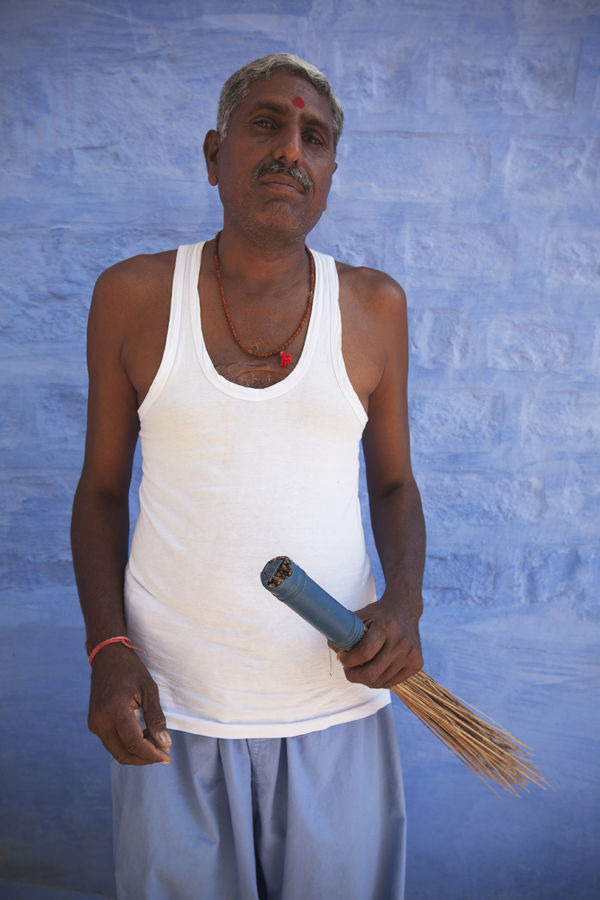
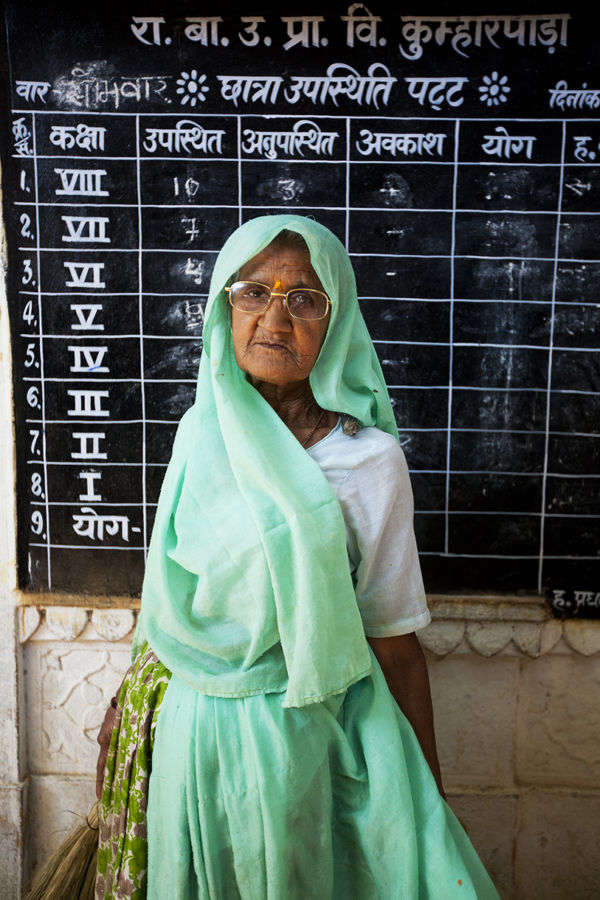
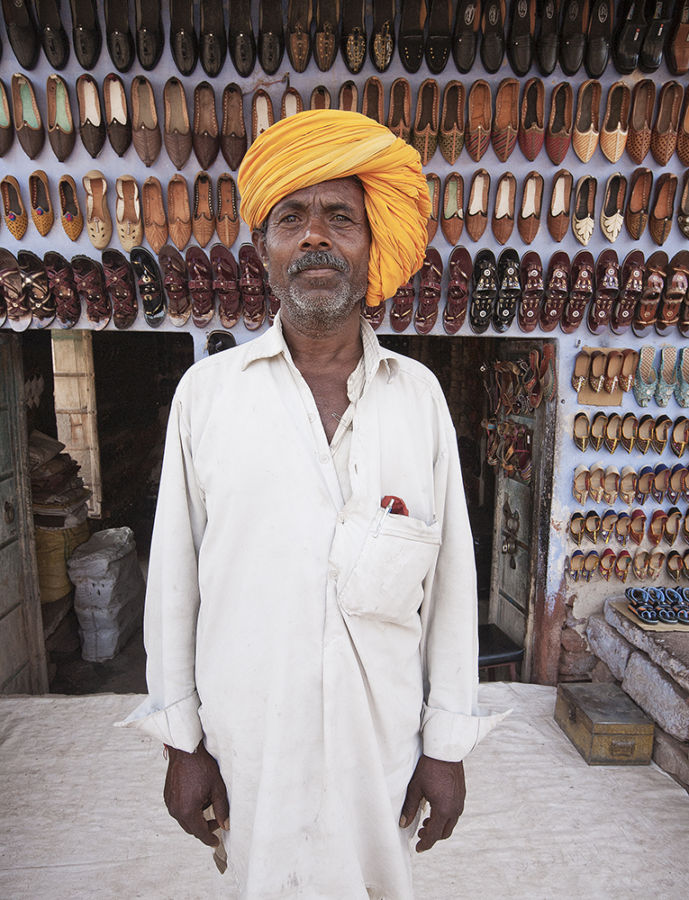
5) You have authored several books over the course of your career. What would be your best advice for new photographers considering publication of their work in this format? In the digital era we are currently living in, is making books still as important as it was years ago?
I will always believe that making books is very very important, no matter the time or age. Making photobooks has been a major goal for me, it’s very important and informs my work almost totally. My first book, Parallels: A Look at Twins was published in 1978 and was very well received. I’m now working on my tenth book. It doesn’t get easier the more books you do, it is still difficult to find a publisher and almost none exist now that will not expect the photographer to pay for it. That wasn’t true until the last 10 years ago, so this is a major change. I love the process of doing books—the fact it’s all up to the artist, that there are no real deadlines, and the book is the artist’s vision in long form. There are so many reasons to do a book, but it’s not easy to accomplish. My advice is to become an expert in the subject of the book, whether it’s the depiction of a family or a geographic location. My advice is to cover the subject from all angles and sides, to not rush anything, to take time shooting it. All but one of my books has taken me at least six years to shoot, one has taken 40 years, and the next one covers 50 years of photographing. We need to be patient, thorough and complete in the making of the book. Research is important, it’s not just about making the images, it’s also about learning deeply about the subject. Listen to others, but ultimately, believe in yourself and what you are doing.
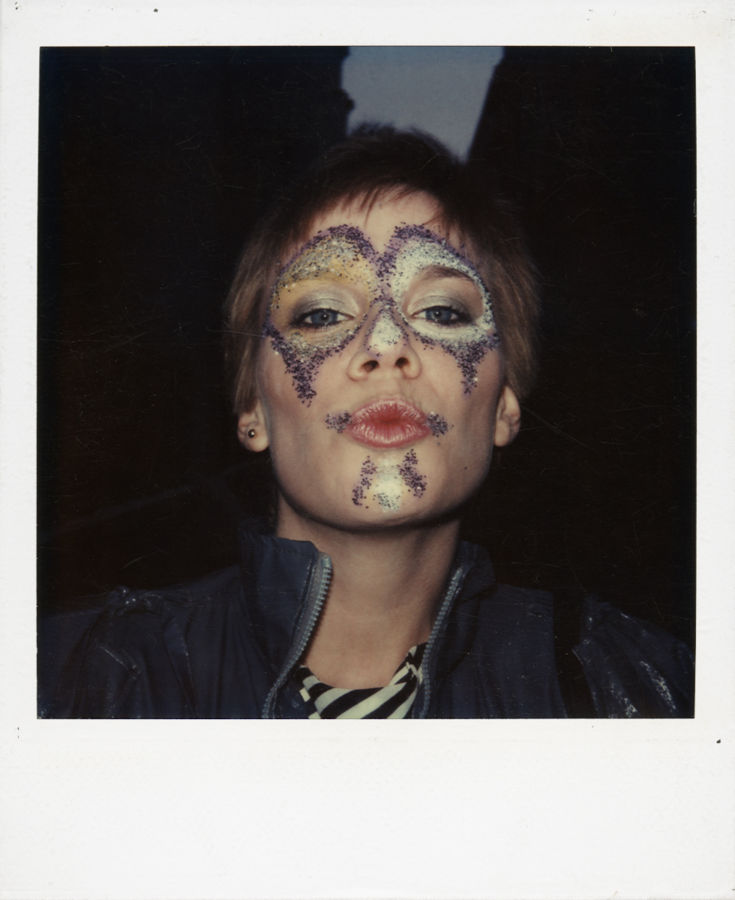
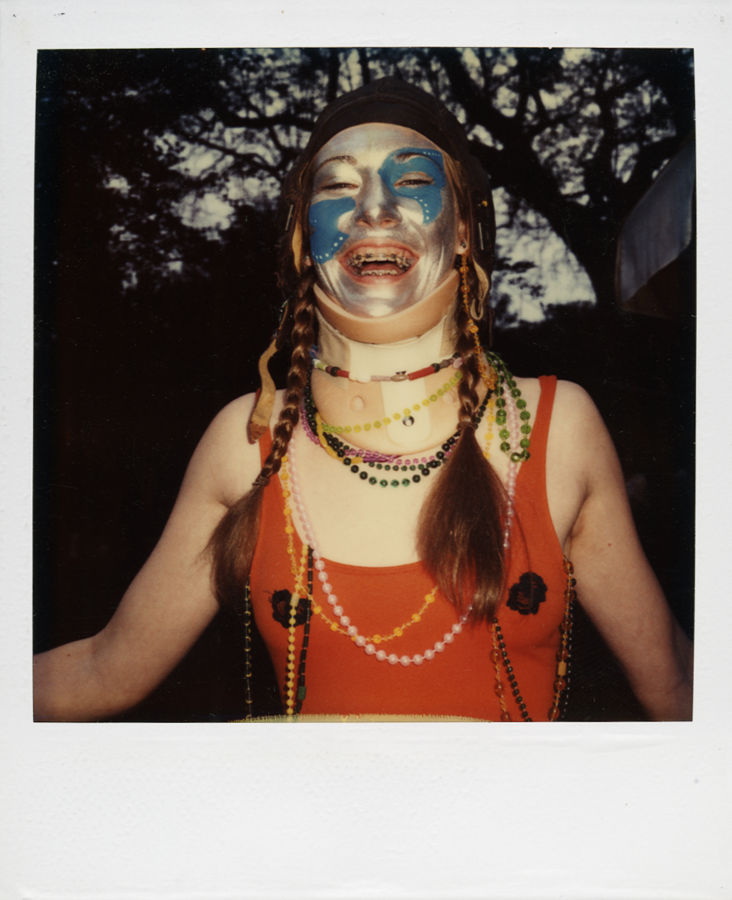
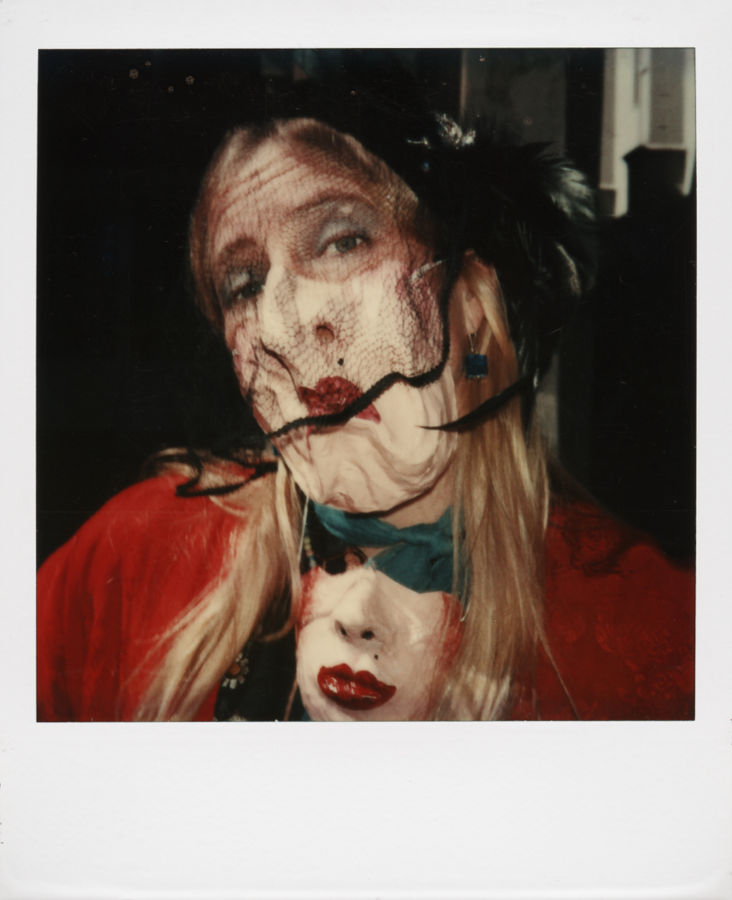
6) What’s next for Harvey Stein? What should we be on the lookout for and where can we find your work?
I have an online exhibit of work from my Coney Island 40 Years book with my gallery, Sous Les Etoiles, dates are June 9th through July. Check it out, the link is http://www.souslesetoilesgallery.net/exhibitions/harvey-stein
As I’ve mentioned, I’ll have another book published in two years so I am working on that, making prints, editing and sequencing images, writing, conducting interviews and thinking about the book’s introduction. Additionally, my latest book, Then and There: Mardi Gras 1979, was to be introduced this April at the Paris Photo New York International Photo Fair here in Manhattan. Of course this was cancelled, so the publisher has postponed the introduction until the September or October. I also conduct travel photo workshops around the world, one was planned to China this fall, that isn’t possible but I am busy planning workshops for next year to Myanmar, India, and New Mexico among other destinations. It’s a full slate, and I hope that things will be much more “normal” next year for many good things to happen.
Thanks so much for the interview, some of my work can be seen on Facebook, on Instagram @stein.harvey and on my website at www.harveysteinphoto.com
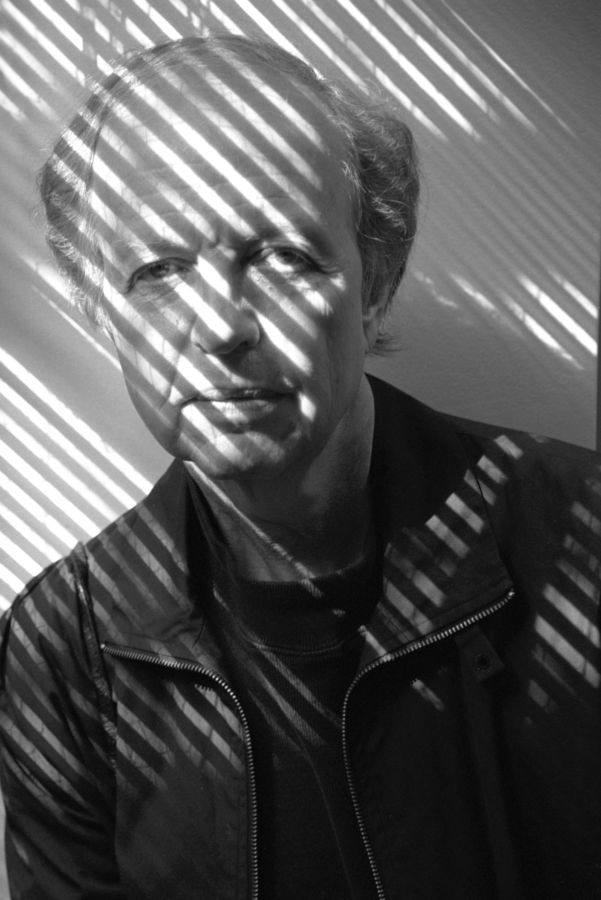
*** cover photo by Sonia Goydenko
Related Posts
Dispatches from the Polish-Ukrainian Border
The dusk came quickly and it started to rain again. The chilly, damp air permeated…
April 13, 2022Photographer Spotlight: Mauro De Bettio
Have you ever felt as if you’ve gotten to know someone based on…
January 30, 2022


Jacqueline Montoya | 17th Jun 20
Not a photographer yet loved this perspective. Made me feel hopeful and alive! That’s what photography does for most of us!! Thank you
Megan Kwasniak | 24th Jun 20
Thank you so much Jacqueline! I really appreciate this perspective from you. Photography can touch all of us in many different ways. Hope and inspiration are one of the most beautiful ones <3
Carol Dronsfield | 18th Jun 20
What a terrific interview, Harvey and Megan! I loved learning about Harvey and his work. Wonderful images. So inspired! Fascinating to learn how long you work on a project. So looking forward to the arrival of your next book that was 50 years in the making. Wow. I enjoyed viewing the Sous Les Etoile exhibit.
PS
Nice portrait of Harvey, Sonia!
Megan Kwasniak | 24th Jun 20
Thank you so much Carol! I really appreciate it! Harvey is a well of photographic knowledge for sure and to have that much experience behind him, it truly is amazing 🙂
Rolfe Ross | 21st Jun 20
Great interview Harvey….congratulations on your successes and hoping for many more!!!!!
Megan Kwasniak | 24th Jun 20
Thank you for your comment Rolfe! I’ll make sure to pass it on to Harvey 🙂
Mort Sheinman | 24th Jun 20
Hi Harvey–
As I was reading this splendid interview, I could “hear” your voice, and when I look at your photographs and think about the workshops I’ve attended with you, I hear it all over again. Even though I haven’t seen you since a workshop in Tuscany in 2014, whenever I point my camera, I continue to be advised by the tips you’ve provided, and I thank you for that. Once conditions permit, I’d love to reconnect over a meal and a drink. Stay healthy, stay safe and keep on shooting. All best, Mort
Megan Kwasniak | 24th Jun 20
Hi Mort, thanks so much for your wonderful comment, I will make sure to pass it on yo Harvey! It is indeed a wonderful thing to have learned from our mentors and have that knowledge stay with us throughout the years <3
Maggi Rand | 22nd Aug 20
This is a thoughtful and well written interview. The questions are open ended enough to allow for colorful and interesting responses. Some artists dont like to talk or talk about their work. Harvey is not that at all. Its a combination of answering and teaching at the same time. He almost cant help himself! Harvey and I live in the same building. I would describe him as quiet and deserved. When i read this, i saw a different person..enthusiastic, loving the opportunity to talk about things he loves and never enough time to engage and talk about his travels and subjects. I feel like i am there with him! Congratulations on a most lively duet!
Megan Kwasniak | 21st Feb 21
That is fantastic! Thank you so much for sharing this.